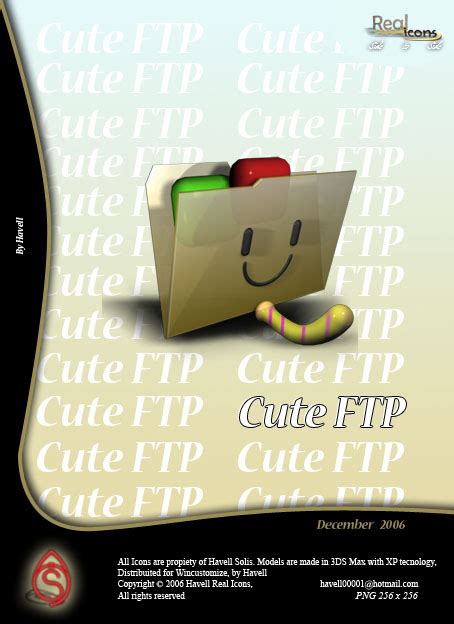Cute FTP Font Size: The Key to a Better Experience
Choosing the right font size in your FTP client might seem like a minor detail, but it significantly impacts your overall user experience. A poorly chosen font size can lead to eye strain, decreased productivity, and even frustration. This article explores the ideal Cute FTP font size and other factors contributing to a comfortable and efficient workflow. We'll delve into the specifics, addressing common questions and offering practical tips to optimize your settings.
What is the Ideal Cute FTP Font Size?
There's no single "perfect" font size for Cute FTP, as individual preferences and screen resolutions vary. However, a good starting point is between 10 and 14 points. This range provides a balance between readability and space efficiency. Smaller sizes might cram too much information onto the screen, while larger sizes might feel unnecessarily expansive and reduce the amount of file information visible at once.
Experiment with different sizes within this range to find what feels most comfortable for you. Consider your monitor's resolution; users with higher resolutions might prefer a slightly larger size, whereas those with lower resolutions may find a smaller size sufficient.
How Does Font Size Affect Productivity?
Choosing the right font size directly impacts your productivity when using Cute FTP. A font that's too small can lead to:
- Eye strain: Squinting at tiny text for extended periods will tire your eyes and potentially cause headaches.
- Slowed reading speed: Smaller text requires more time to process, slowing down your workflow.
- Increased error rate: Difficulty reading file names and paths increases the risk of accidental deletions or incorrect uploads.
Conversely, a font that's too large might:
- Reduce screen real estate: Less information is displayed at once, requiring more scrolling and navigation.
- Distraction: An overly large font can be visually jarring and distracting from the task at hand.
What Other Factors Influence Readability in Cute FTP?
Font size is only one piece of the puzzle. Several other factors contribute to a comfortable viewing experience:
- Font type: Choose a clear, legible font like Courier New, Consolas, or Monospace. These fonts are designed for code and data display, offering excellent readability. Avoid overly decorative or stylized fonts.
- Background color: A dark background with light text (a dark theme) is often easier on the eyes, especially during prolonged use.
- Line spacing: Adequate line spacing prevents text from feeling cramped and improves readability. Check your Cute FTP settings to adjust the line height.
- Screen resolution and brightness: A high-resolution monitor with appropriate brightness settings enhances overall visibility.
How to Change the Font Size in Cute FTP?
The exact method for changing the font size within Cute FTP depends on your version and operating system. Generally, you'll find font settings within the application's preferences or options menu. Look for sections related to "Appearance," "Display," or "View." The specific steps might involve choosing a font and then adjusting its size using a dropdown menu or a numerical input field.
What About People with Visual Impairments?
Users with visual impairments might need significantly larger font sizes for comfortable viewing. Cute FTP doesn't typically have built-in accessibility features for dynamically scaling text, but you could explore system-wide accessibility settings within your operating system (Windows, macOS) to magnify the entire screen. These features will enhance the entire user interface, not just Cute FTP.
Conclusion: Optimizing Your Cute FTP Experience
Selecting the optimal font size in Cute FTP is a critical aspect of creating a productive and comfortable work environment. By carefully considering font size, font type, background color, and other display settings, you can drastically improve your efficiency and reduce eye strain. Remember to experiment to find the perfect combination that suits your individual needs and preferences. A little attention to detail goes a long way in ensuring a positive user experience.

